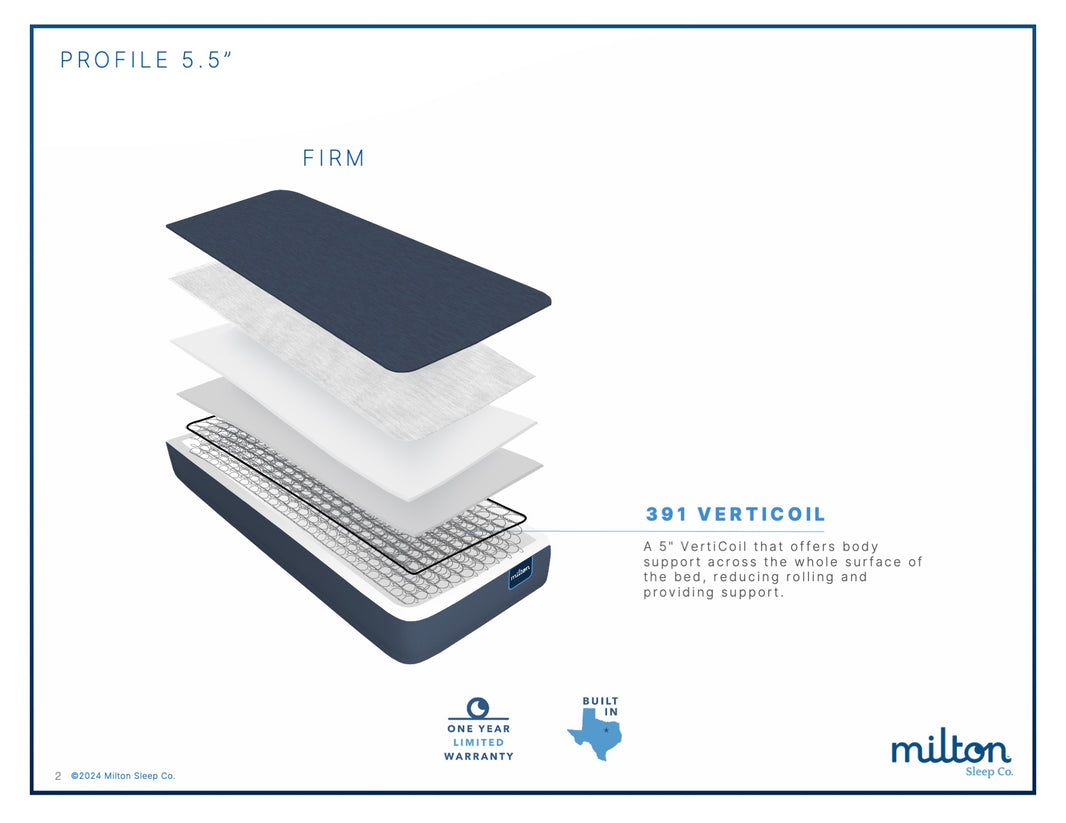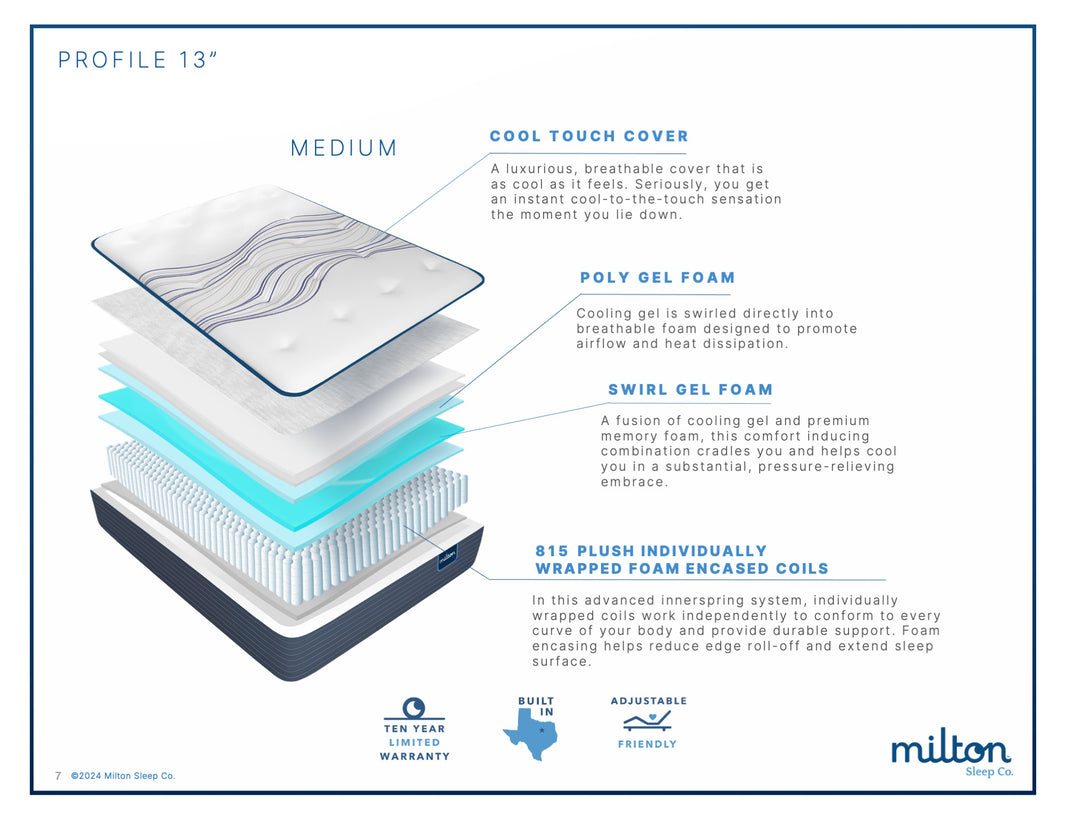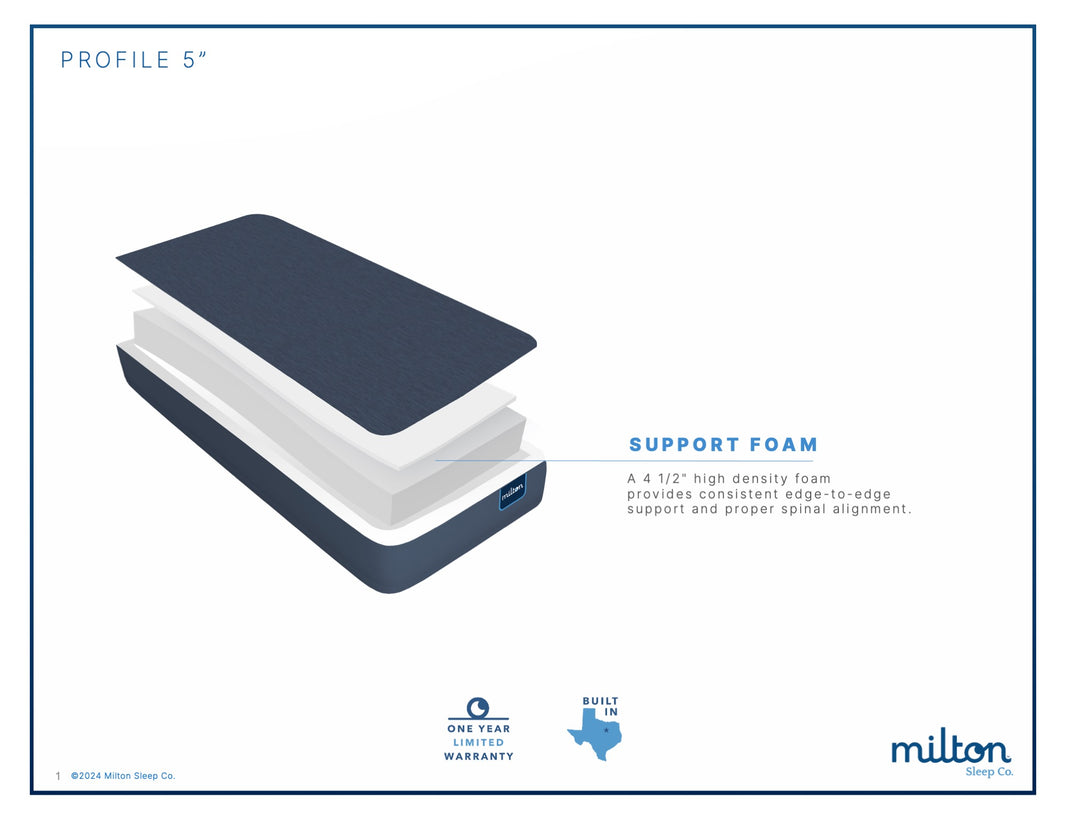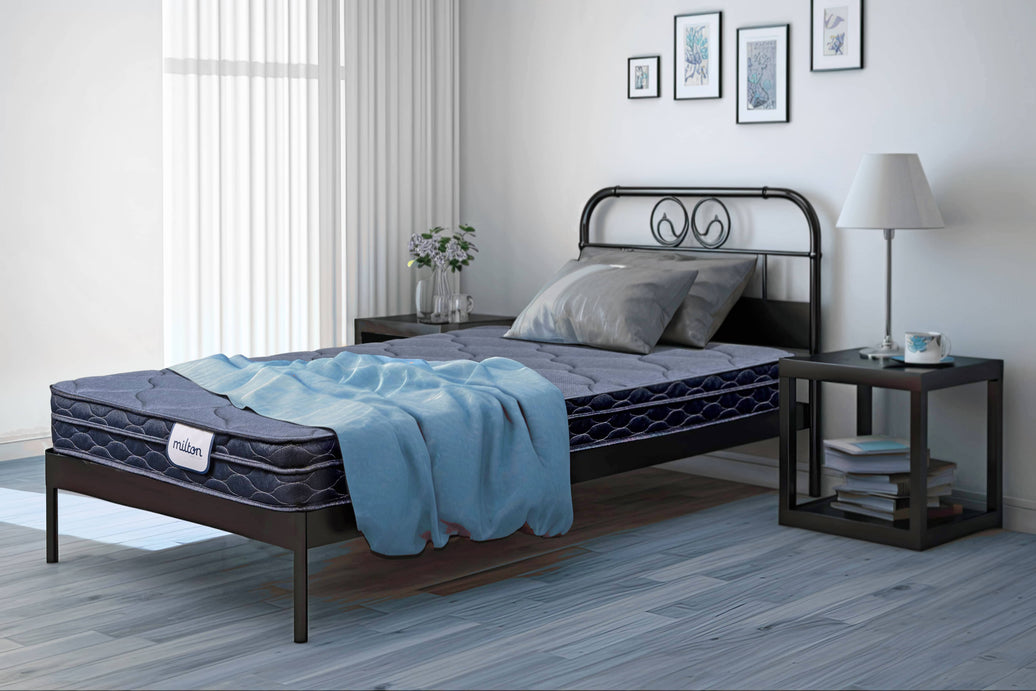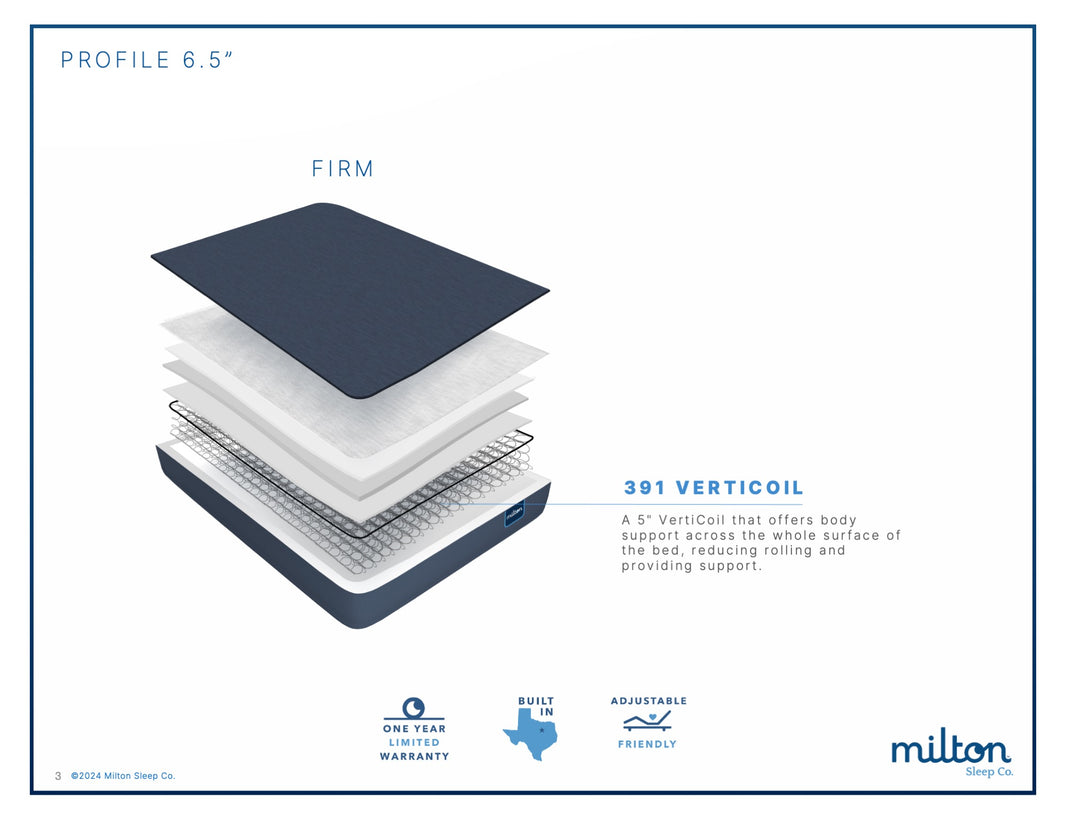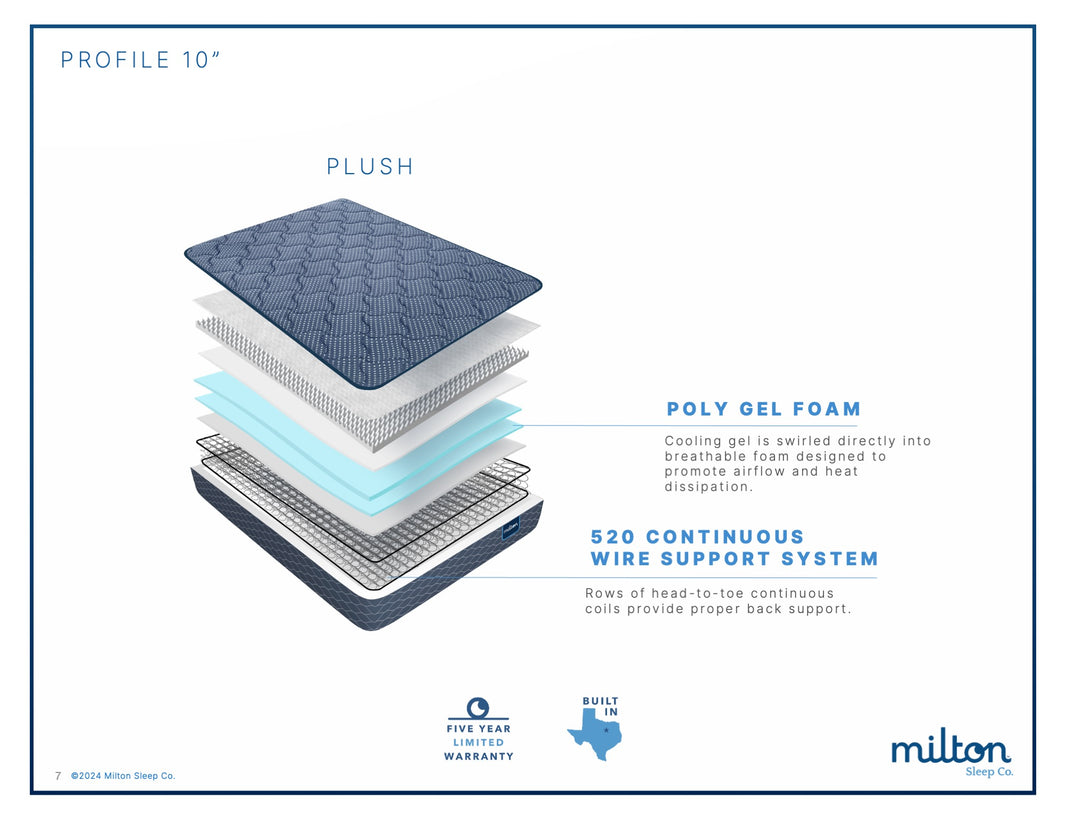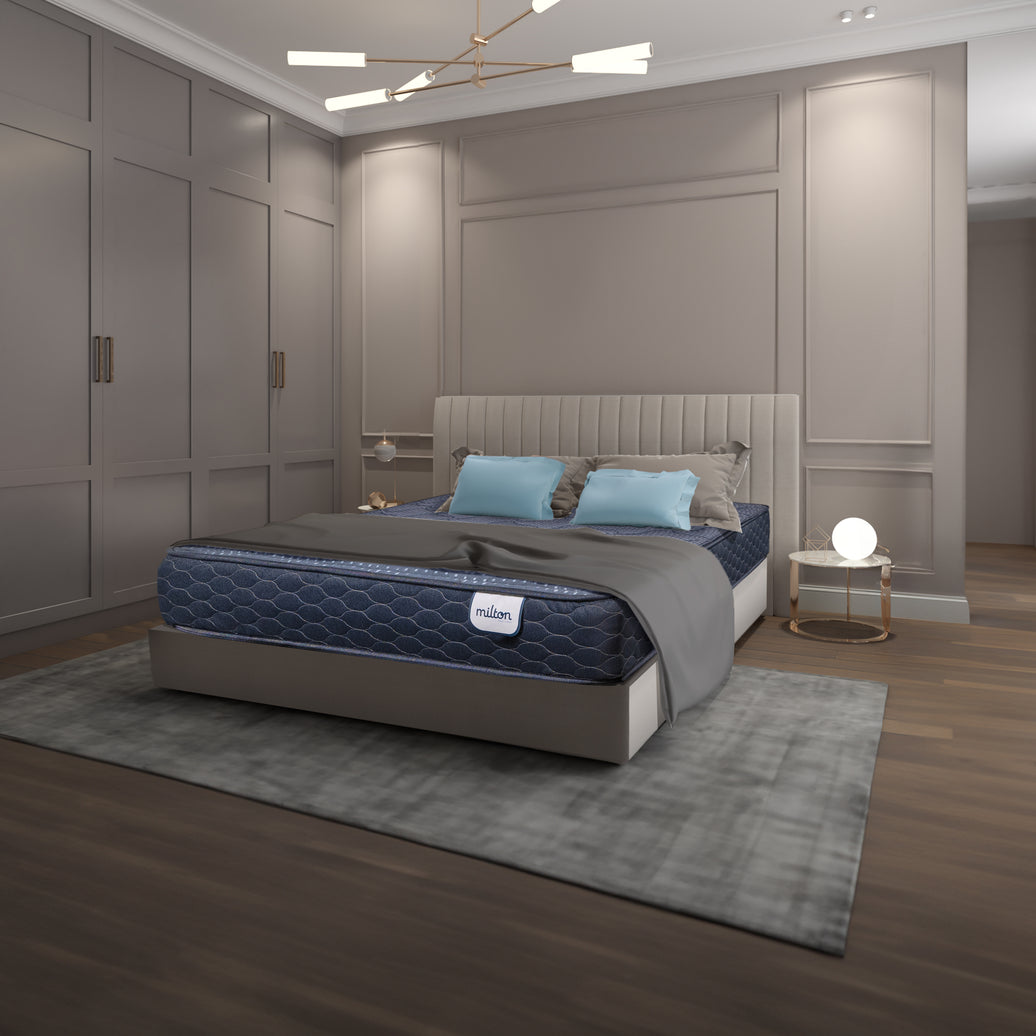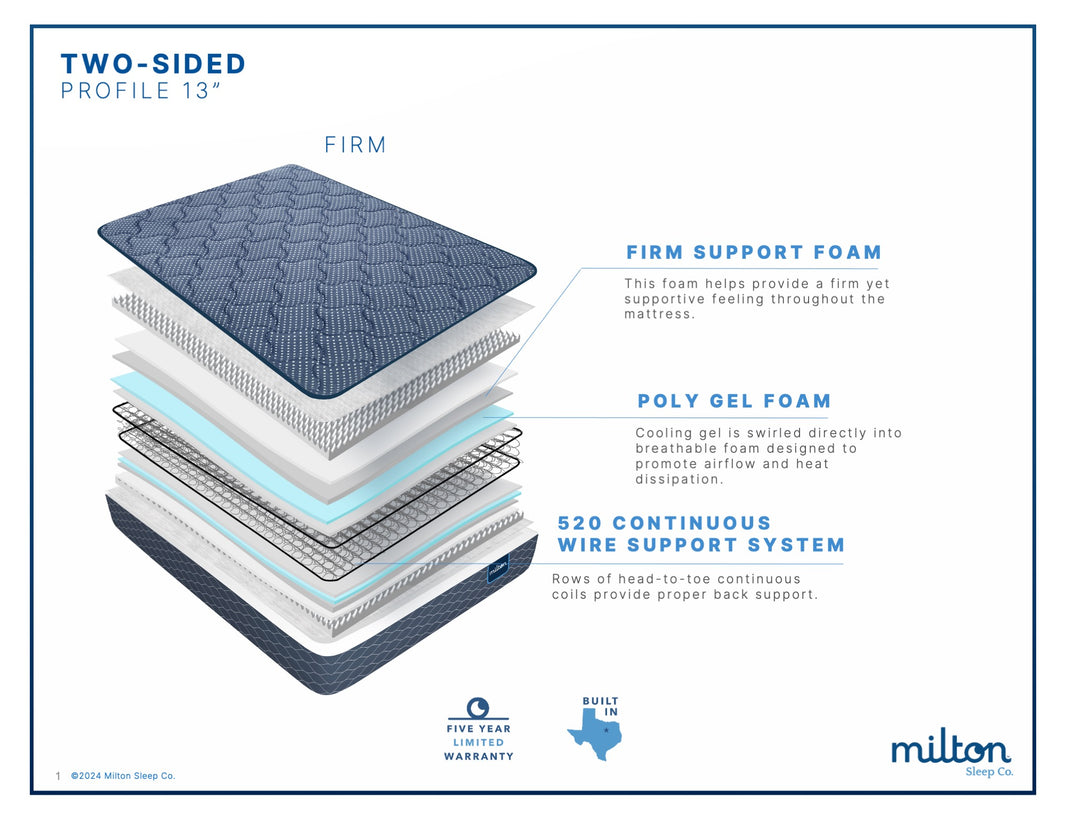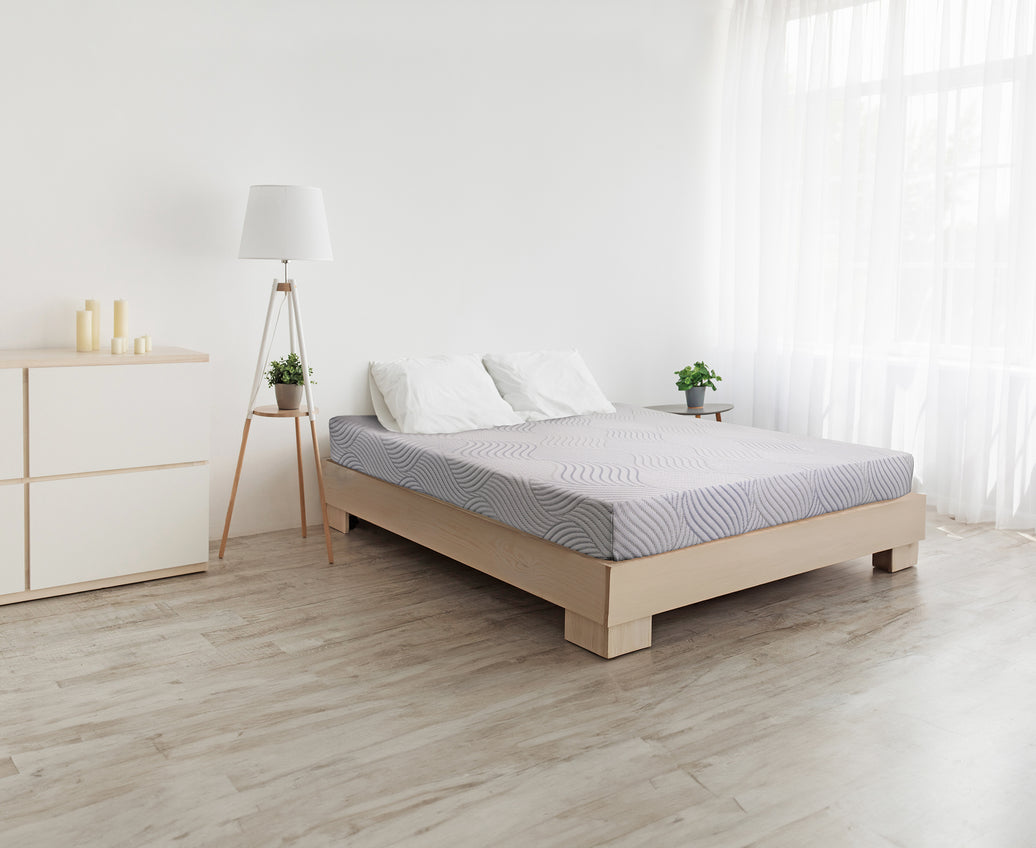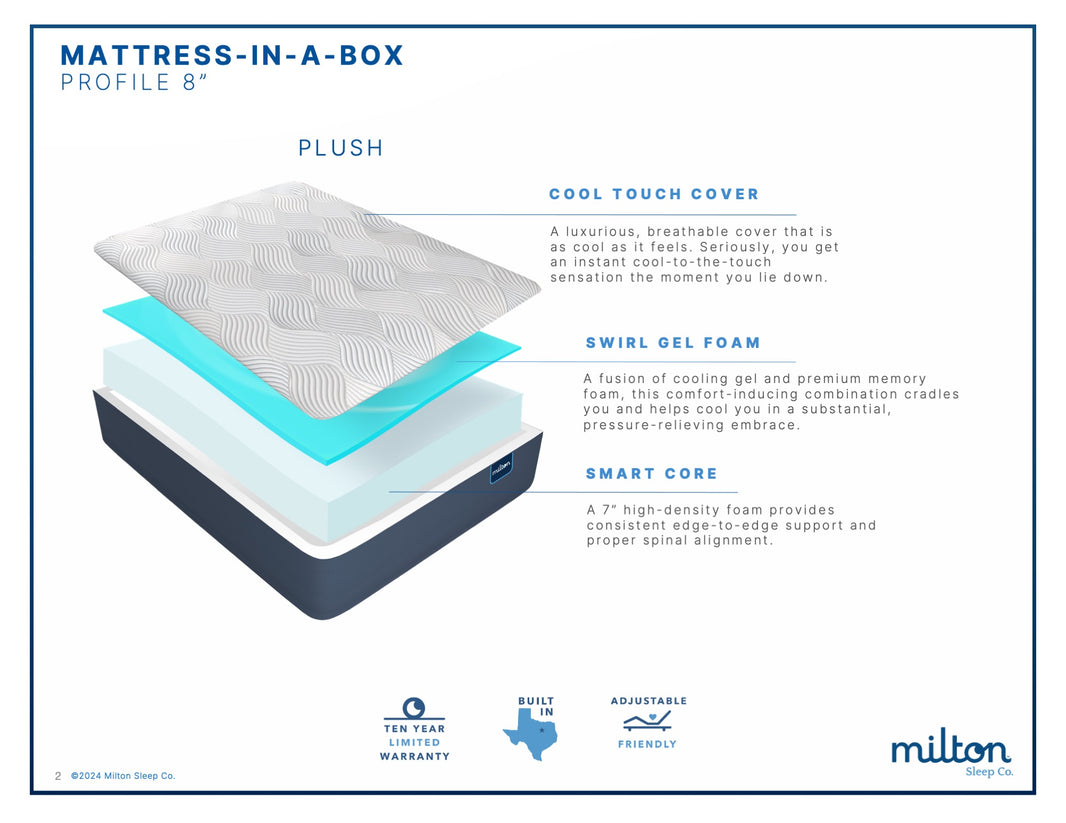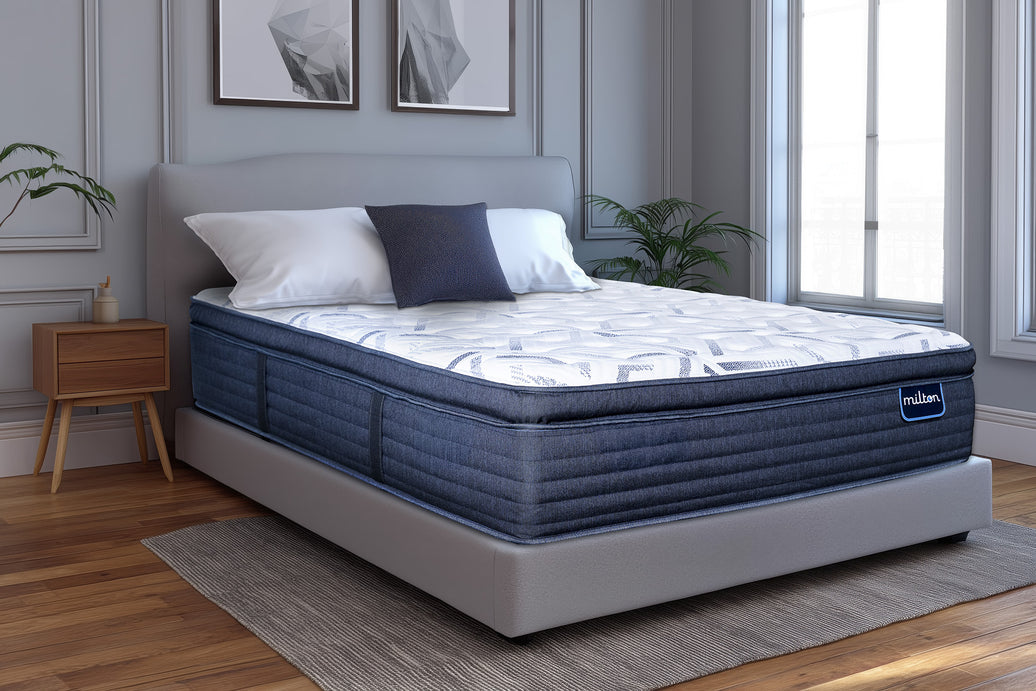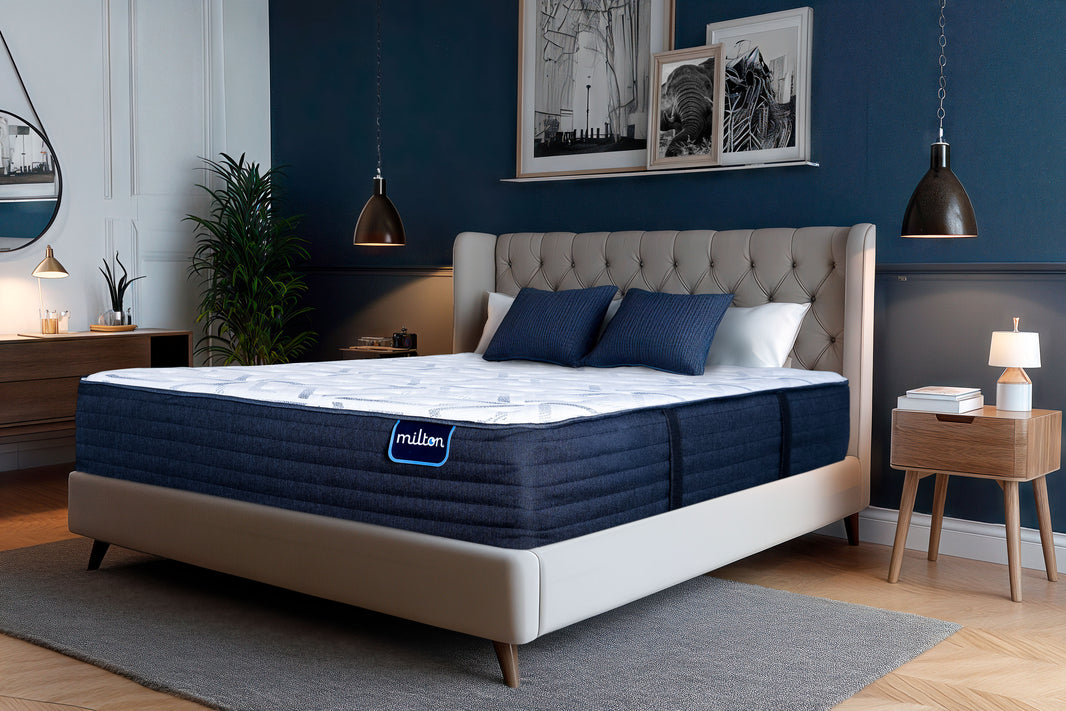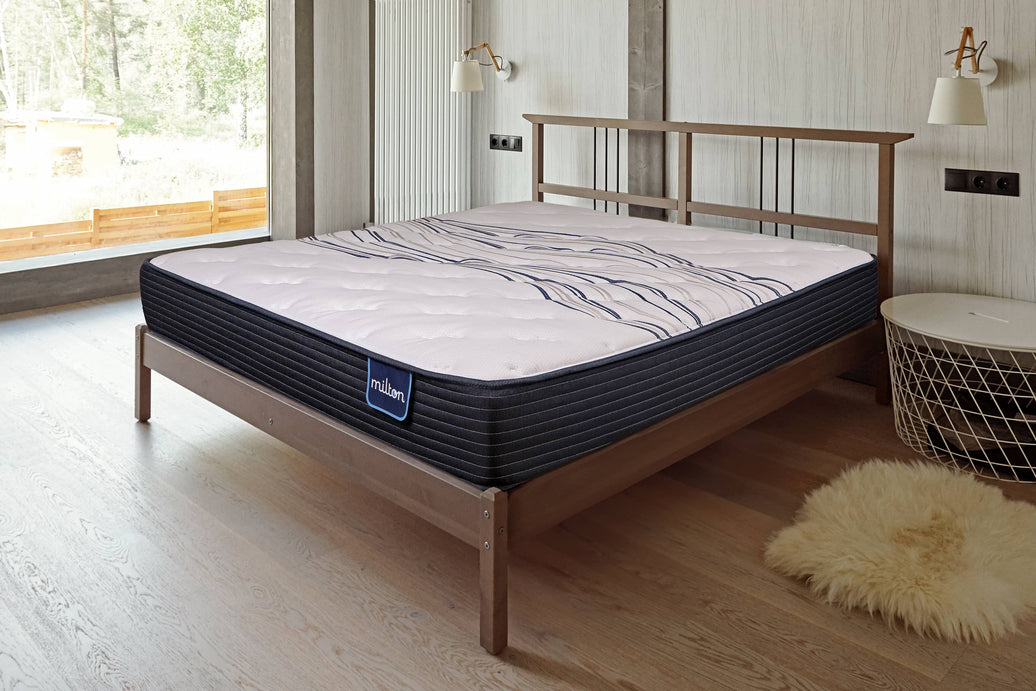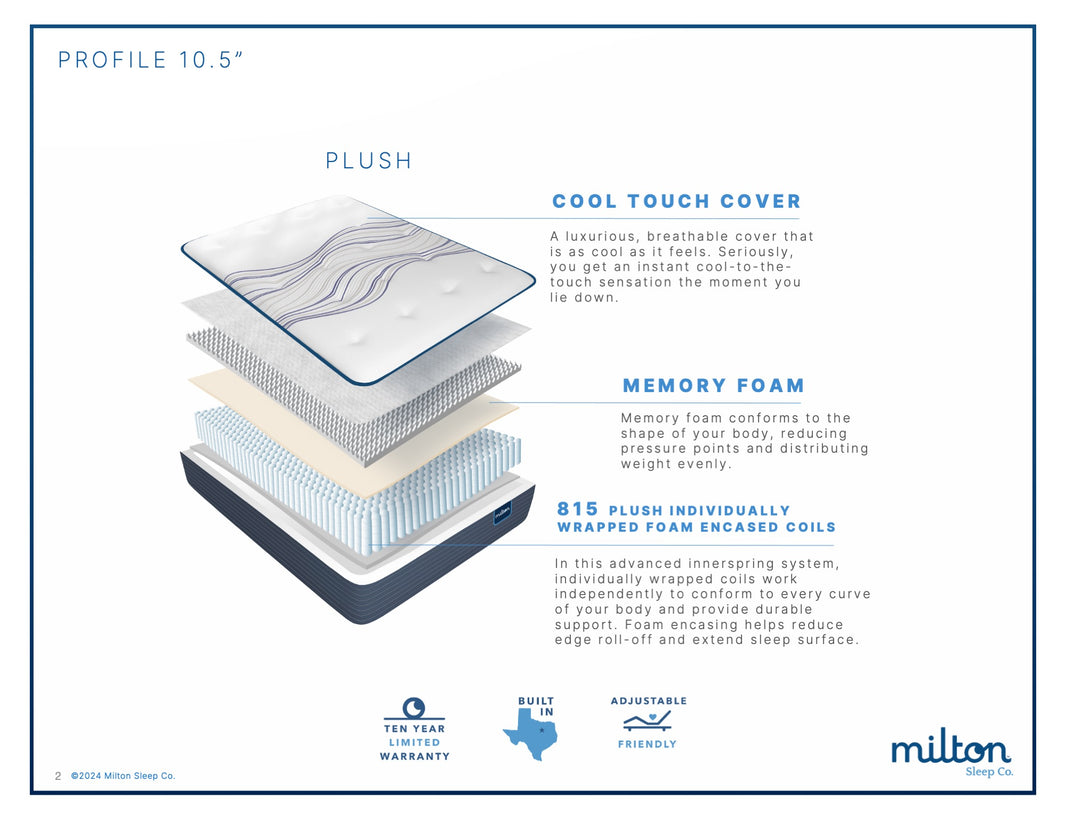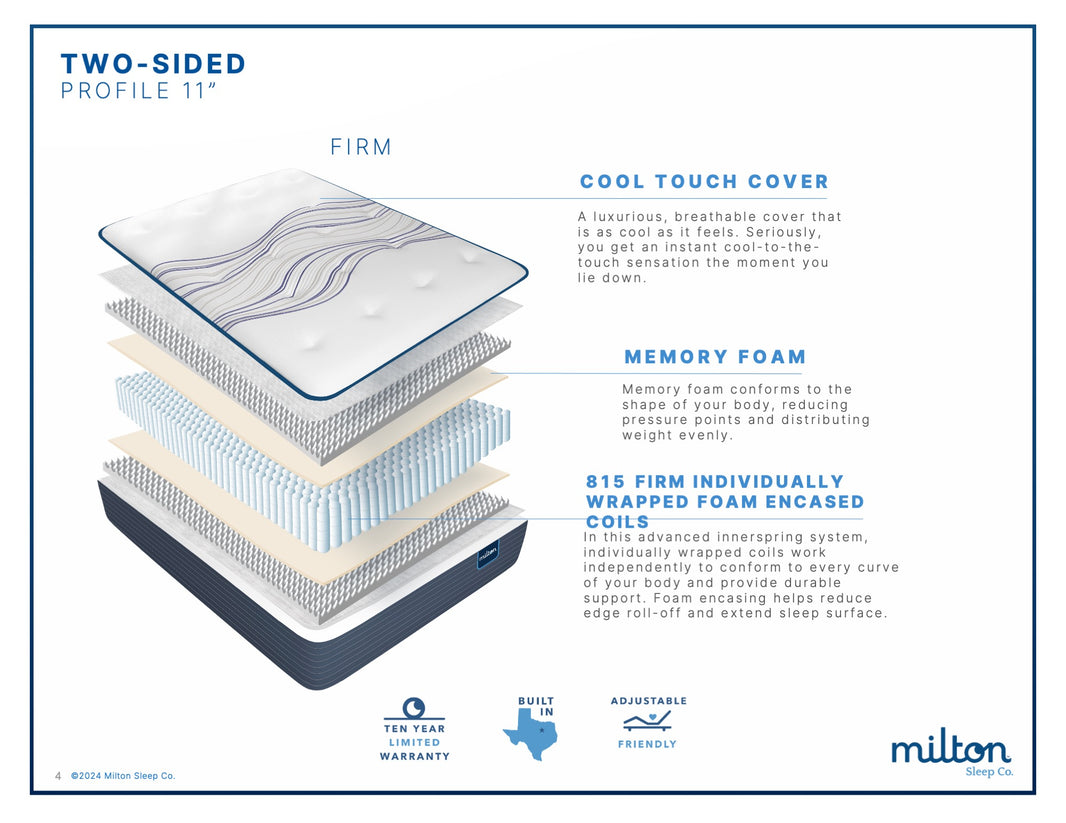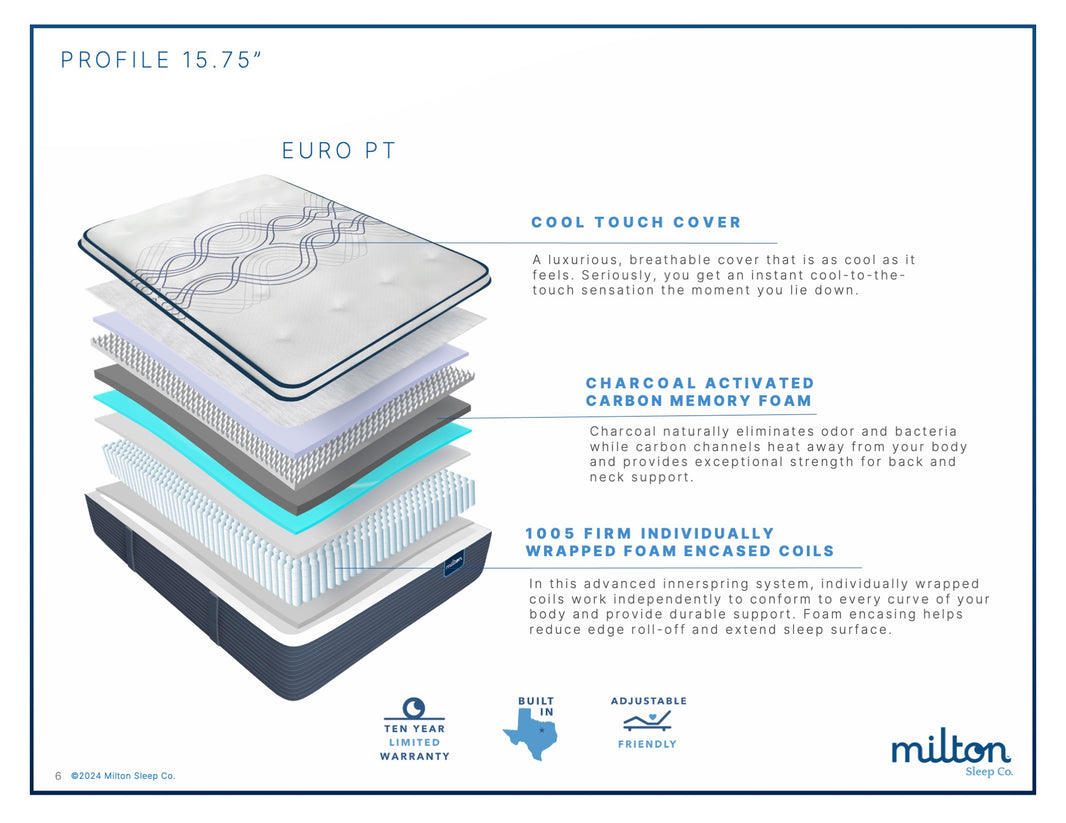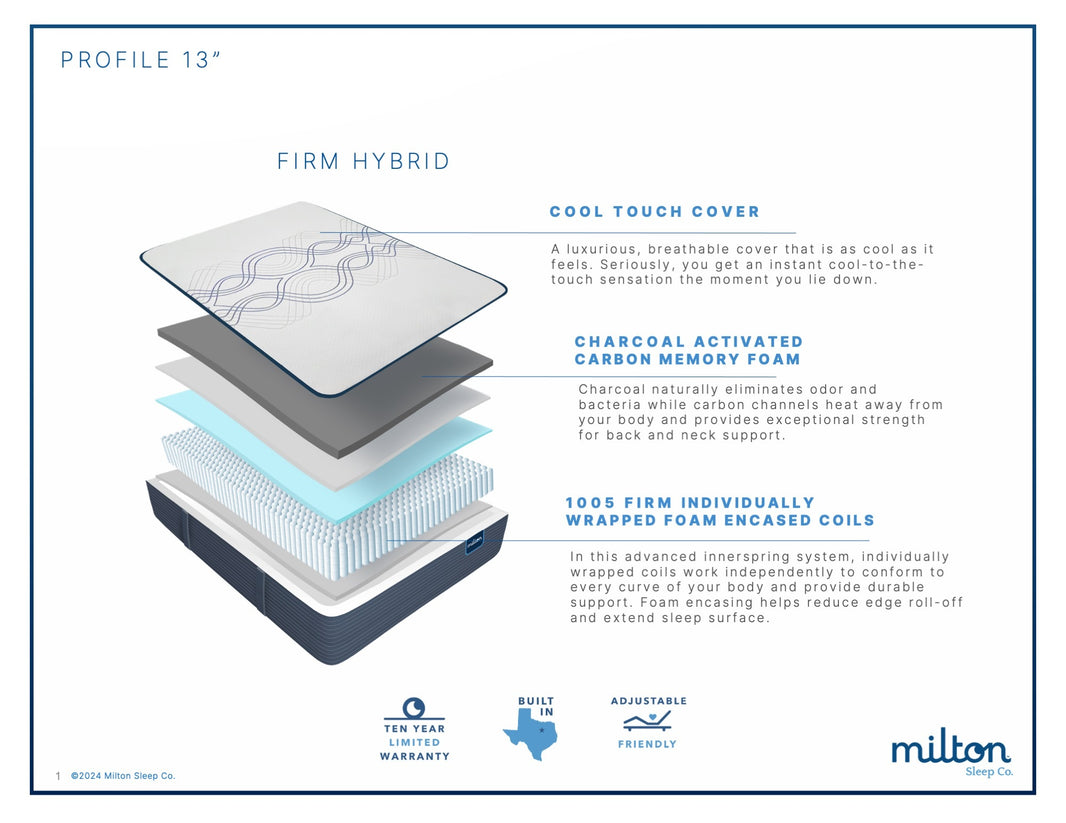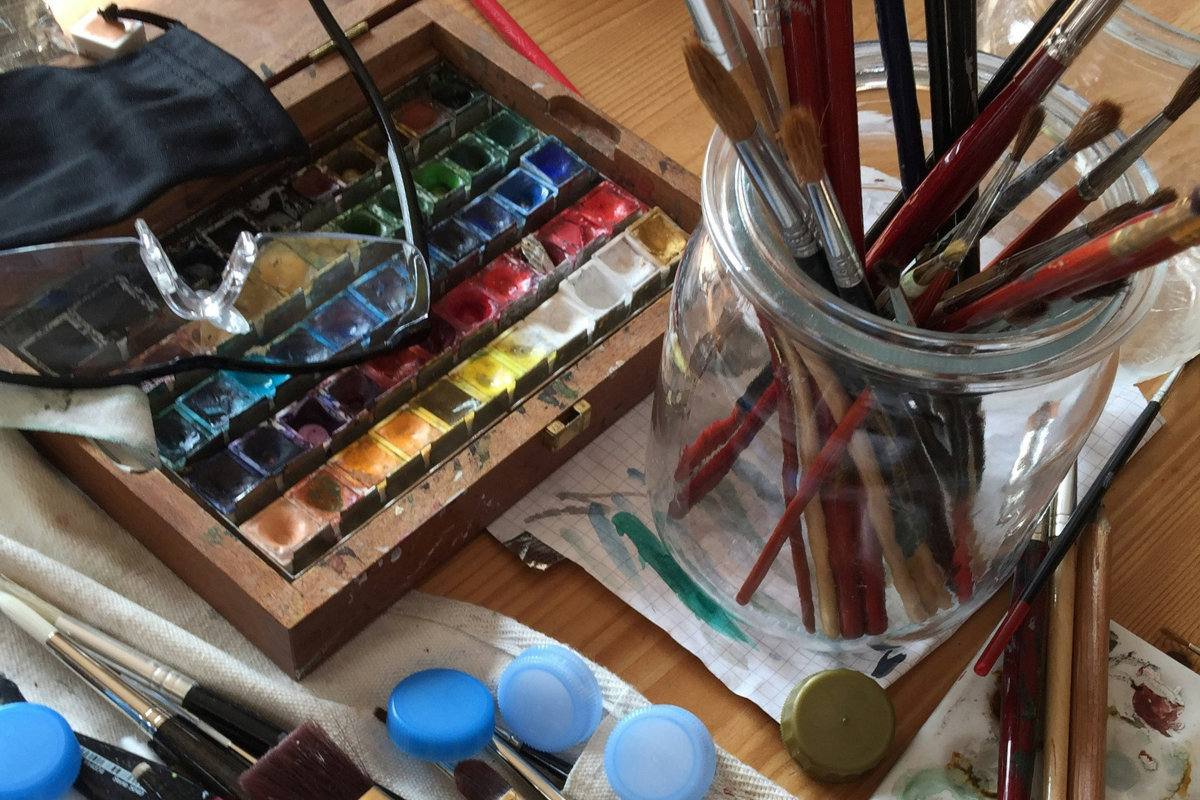Now, you're not going to be able to get good, solid sleep and turn into Monet or Davinci. But sometimes, you can get stuck. Maybe your presentation just isn't happening because you keep staring at the same few slides or a blank screen that remains blank, no matter how much you agonize. Or instead, a problem you just can't seem to solve.
There may be something that can help. In fact, there's a sleep model that has been used by some of the greatest minds in history and has shown stellar success you can try.
History's Greatest Thinkers Napped
There's a space between being awake and asleep that you probably know well. If you've ever jerked or spasmed yourself awake, you've woken up in the hypnogogic state. Now, these hypnic jerks, as they're called, are generally not perceived as good because they're usually caused by sleep deprivation, caffeine, or any number of unintentional situations.
But that area between sleep and wakefulness was sought after by Edison and Dali to help them gain bursts of creativity. Dali held a spoon in his hand, Edison a metal ball. When they fell asleep, the object would fall and they'd wake up when it struck something.
While the object is falling, they're firmly in the N1 sleep stage, the hypnogogic state.
During this brief moment of sleep, they'd become inspired with all sorts of brilliant ideas.
This was their reasoning and obviously, it worked very well for them and the world. But their process hadn't been proven by science until 2021.
A study asked 103 participants to solve a difficult math problems with a trick hidden inside it that would "allow them to solve them almost instantly".
The study found participants that spent 15 seconds in N1 sleep located the trick at a much higher rate (83% vs 30%) compared to those that did not nap.
How Sleeping Helps Creativity
Now, obviously, that doesn't work for everyone for one very large, glaring reason: in order to reliably enter the N1 sleep stage, you need to be able to nap on-command.
But don't worry, because a good night's sleep can still boost your creativity. You just need to get to the REM (Rapid Eye Movement) phase.
REM sleep is the final stage of sleep and is where your dreams occur. It's where your brain makes associations between seemingly unrelated items. So, the more REM sleep you get, the higher your ability to problem solve or get creative.
Now, you go through several sleep cycles a night. During the first cycle, REM only lasts a few minutes. But the more cycles you go through, the longer it gets – which means the longer and better your sleep, the better off you'll be when you need to function.
How do you do that?
First, and most obviously, make sure your mattress supports and cradles your body properly so you fall into bed happy and jump out of bed excited to start your day.
Second, work on your sleep hygiene so you can easily get to sleep without much effort. Get our tips for that here.


